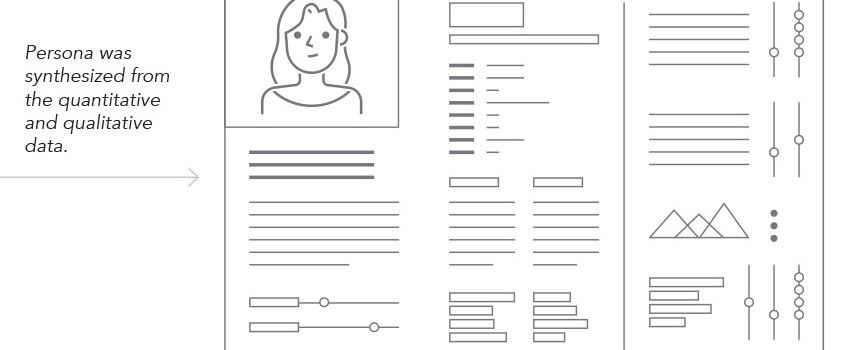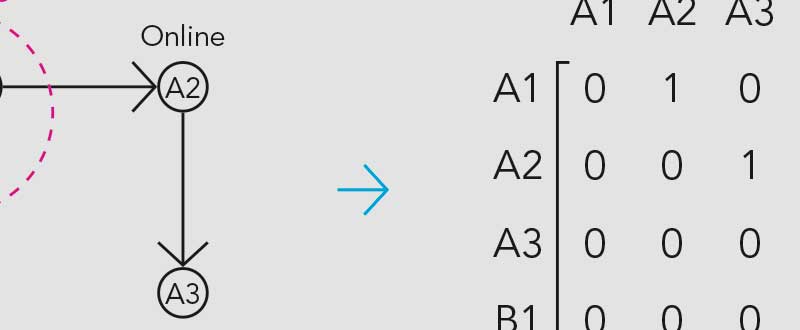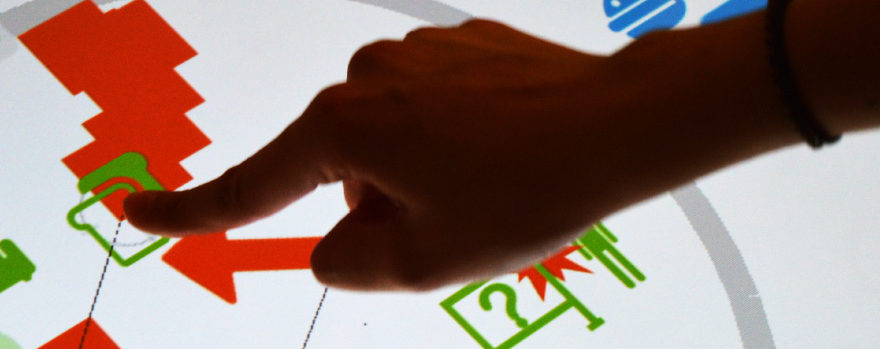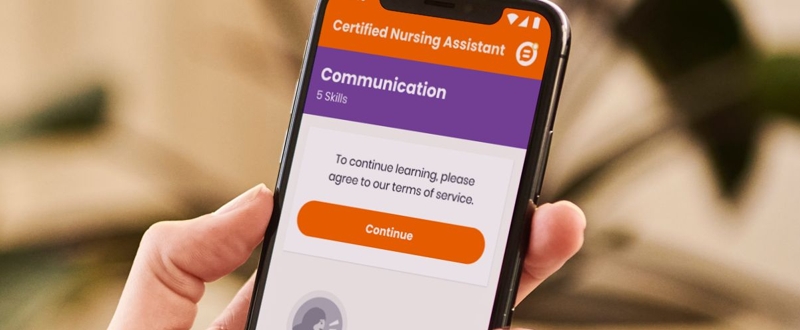TEAM
Darwin, Design Researcher/Service Designer
Kerri M, Service Design Manager
RESPONSIBILITY
• Design Research Methods
• Collect Data [Survey + Conduct Interviews]
• Analysis + Synthesis
• Propose Design Concept Initial Personas Draft
OBJECTIVE
The purpose of this research is to develop a persona framework for caregivers or Home Care Aide (HCA) using both quantitative and qualitative research methods.
BACKGROUND
Various departments within the organization seemed to have incomplete understanding of caregivers only appropriate to the aspect of their work. In order to create a cohesive experience for the caregivers, the different departments needed to come together and work as a unit. Thus, the first step was developing a Persona Framework to paint a more holistic and in-depth picture of the caregivers that will provide a working model for the entire organization in various aspects of caregiver-related programs and initiatives.
RESEARCH FRAMEWORK
In developing the research methods for the Personas & Profiles, we began backwards by looking at different models that could explain different aspects of a persona. Aside from the survey questions on basic demographic information, there were thirteen (13) initial models that was developed that look into the narrative of the HCAs.

The development of Persona Framework research will be intensive and fast-paced over the course of ~12 weeks. The process will start from Research Planning, Preparation, Conduct Research, Gather Data, Analysis and Synthesis, and Persona Framework Development.

RESEARCH METHOD
The research process consists of four steps, which will include simple instructions for the participants in each one.
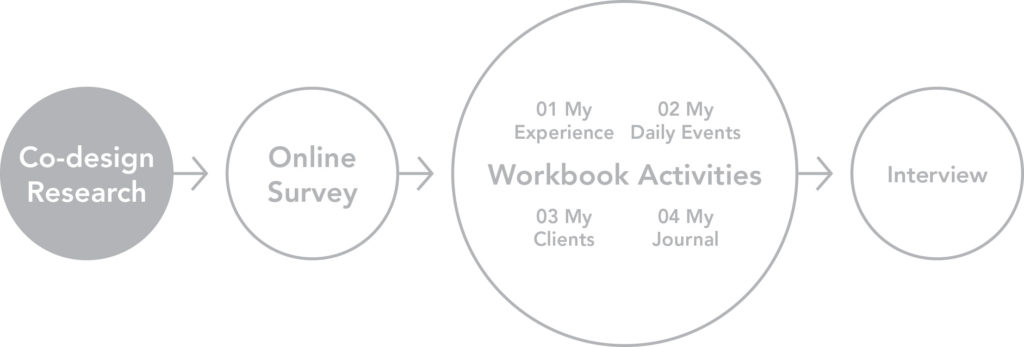
Step 1: Online survey (~30 minutes)
A link to an online survey will be sent to the participants to be completed. The survey will include basic demographic questions, such as age, gender, languages spoken, etc., to the more behavioral questions. After the participants submit the survey, they will receive a follow up email for the next step.
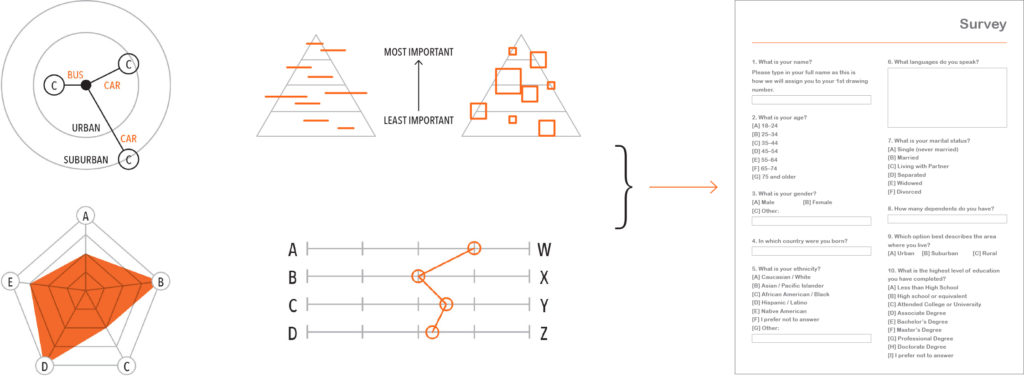
Step 2.1: Workbook Packet (~ 2 hours)
A few days after the participants completed the online survey, they will receive a physical packet that contains a workbook and supplemental materials for the different activities in the workbook. The participants will be given one (1) week to complete the workbook from the date they receive the workbook and to send it back to The Benefits Group.
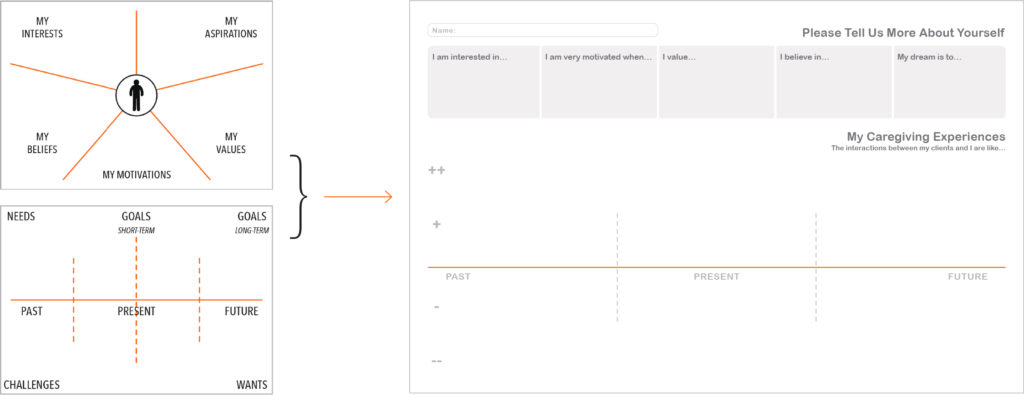
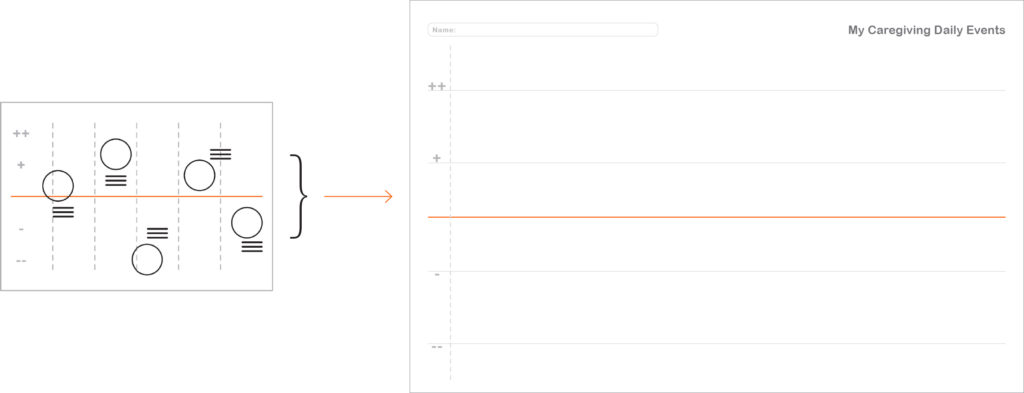
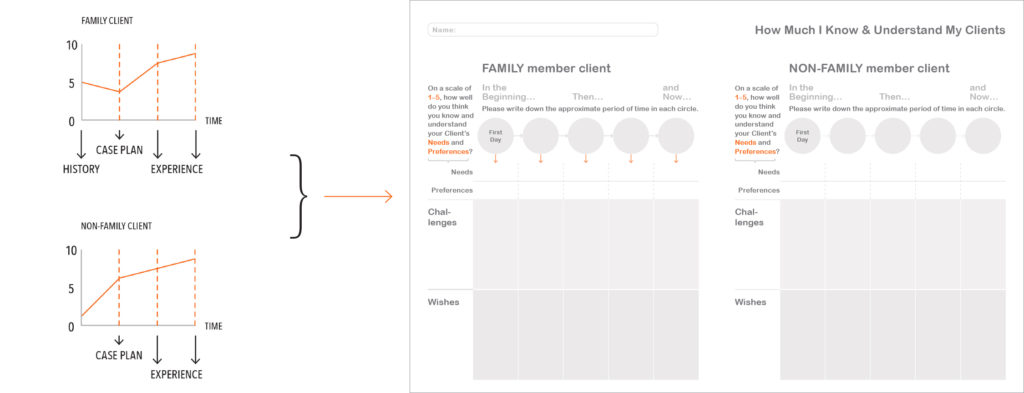
Step 2.2: Cultural Probe (5 days)
Included in the workbook is a toolkit for cultural probing, a pocket-sized booklet in which the participants will journal their sentiments in a period of 5 working days in the activities or events of their daily lives that stand out to (or impacted) them.

Step 3: Interview (~ 1 hour)
Upon receiving the workbook packet from the participants, the design researcher will scan digital copy of the completed workbook by the participants and send it back to the participants’ emails. Interview is a 1-on-1 interface between the participant and the design researcher. WebEx Online Meeting and Video Conferencing will be the tool used to facilitate the interview session. During the session, the design researcher will take notes and the entire session will be audio (or/and video) recorded for review and documentation.
ANALYSIS + SYNTHESIS
The analysis and synthesis will be both quantitative and qualitative methods. In quantitative analysis, Descriptive Statistics, which involved “organizing, displaying, and describing data,” will be utilized and the data will be derived largely from the survey questions (Introductory Statistics, p. 5). The survey data will be captured online and can be generated into a report using a feature of the online survey service. The data can also be exported into excel data for further analysis.
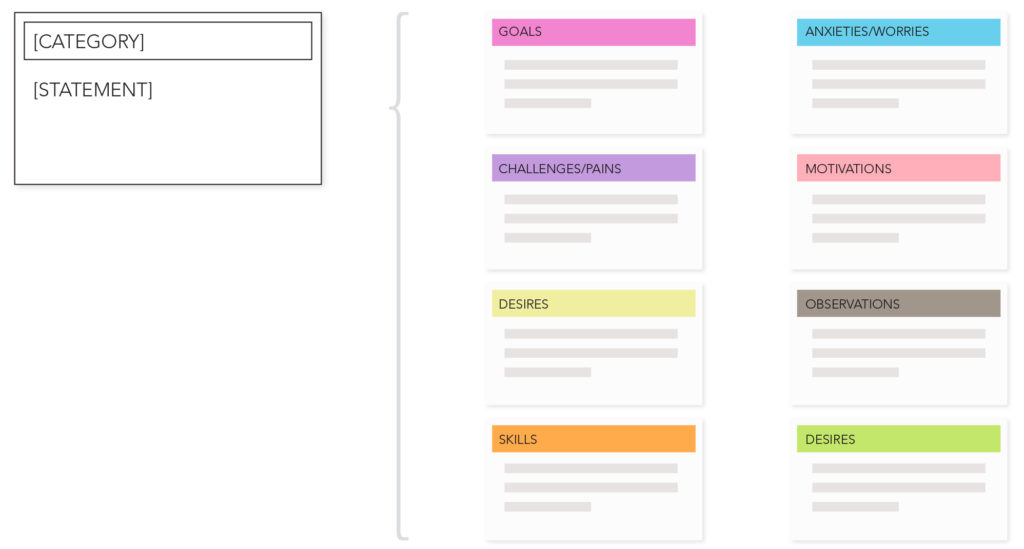
In qualitative analysis, the data comes from what the participants make in the workbook (and later, Cultural Probe) and what the participants say during the interview. The artifacts resulted from the workbook will be documented and the follow up interview will be video (and/or audio) recorded. What people make and the narrative they present (say) will be interpreted and synthesized into various models that explains, for example, HCA’s daily events.
Various frameworks were used in synthesizing the analysis for both quantitative and qualitative data. Below are some example of different models used to explore the data to surface the most relevant insights.
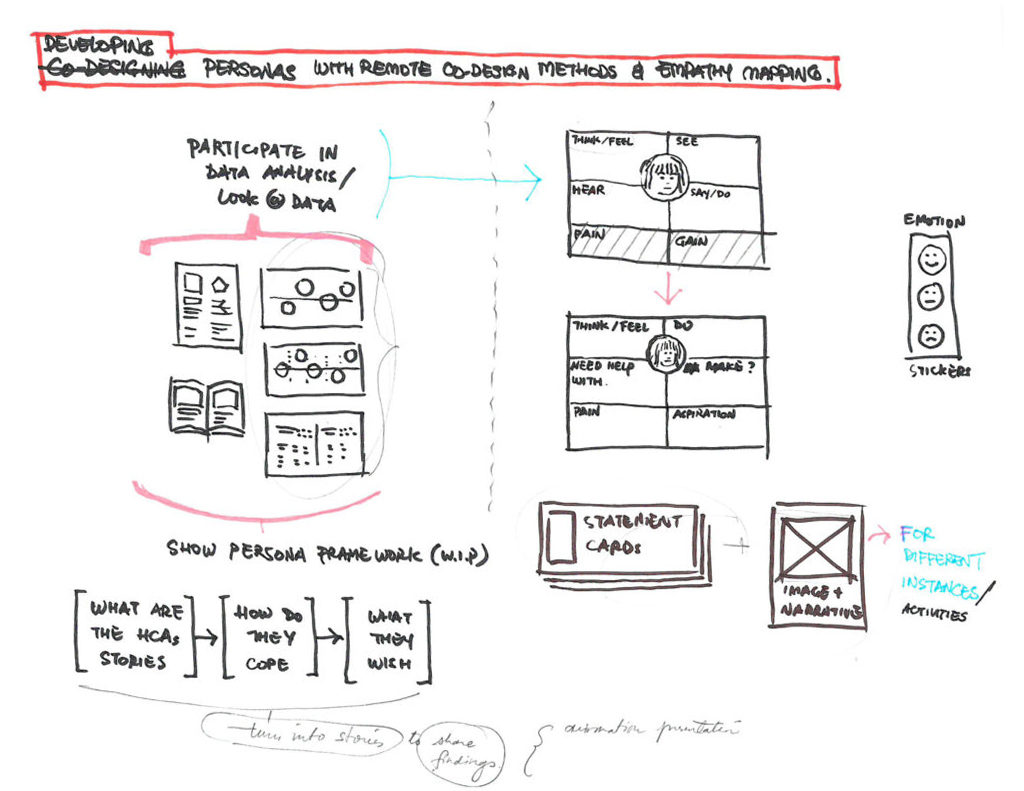

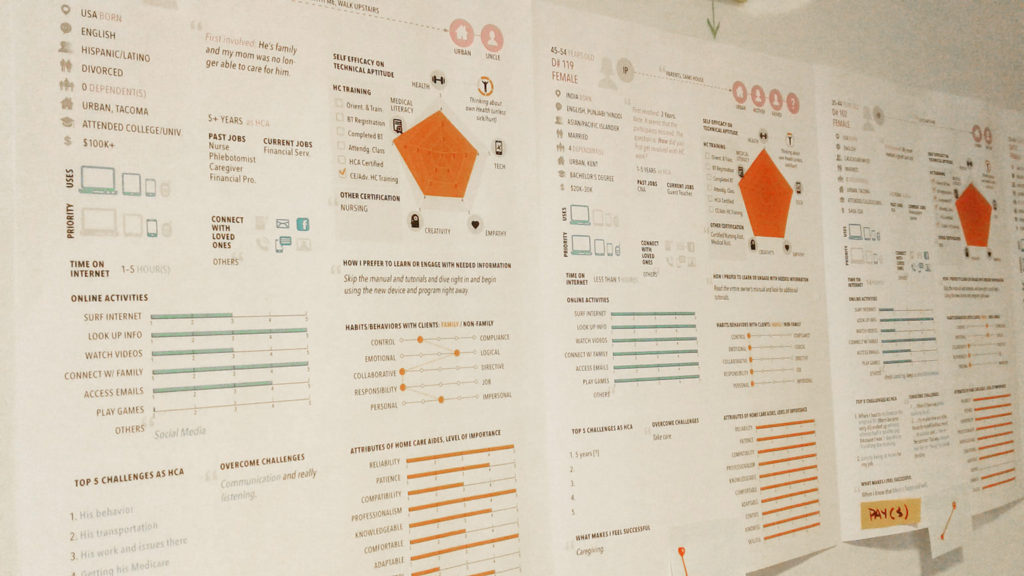
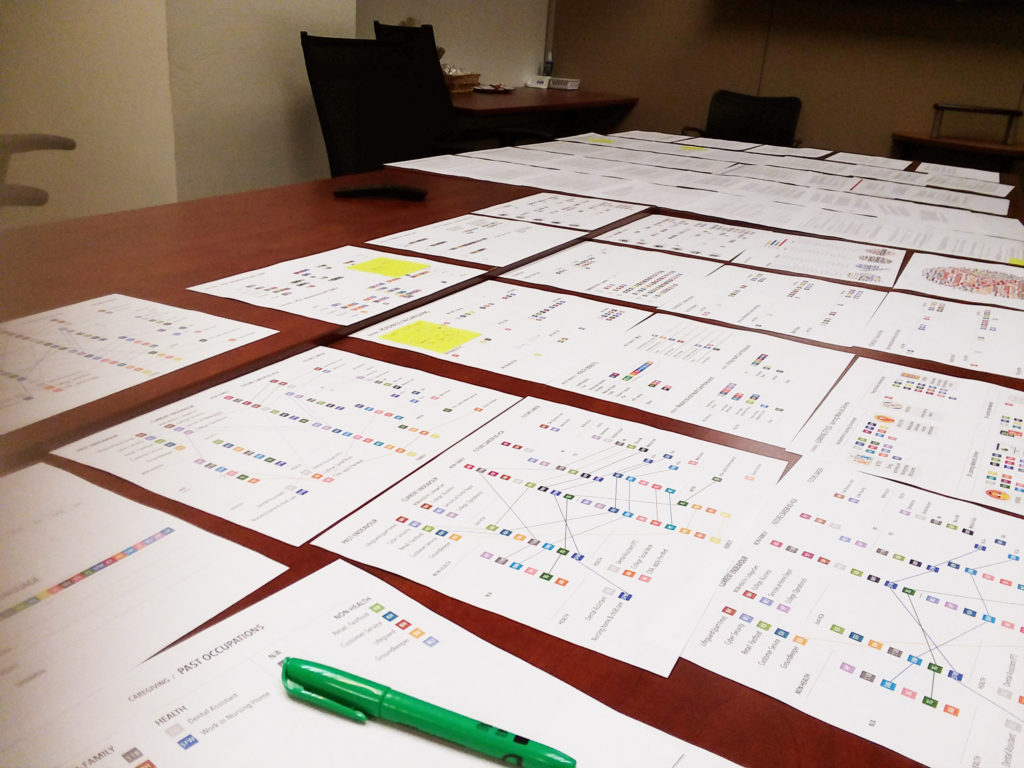
PERSONA CONCEPT DEVELOPMENT
Several concepts were explored in developing the caregiver personas. The process went back and forth between developing the persona concepts and (re)analyzing the data. When the matrix and various dimensions for the personas were developed (based on the mental model and the needs for caregiver’s experience), a final persona concept was proposed before it was finalized by the Service Design Manager in the team. (Below is not the final version of the persona developed—just a sample).
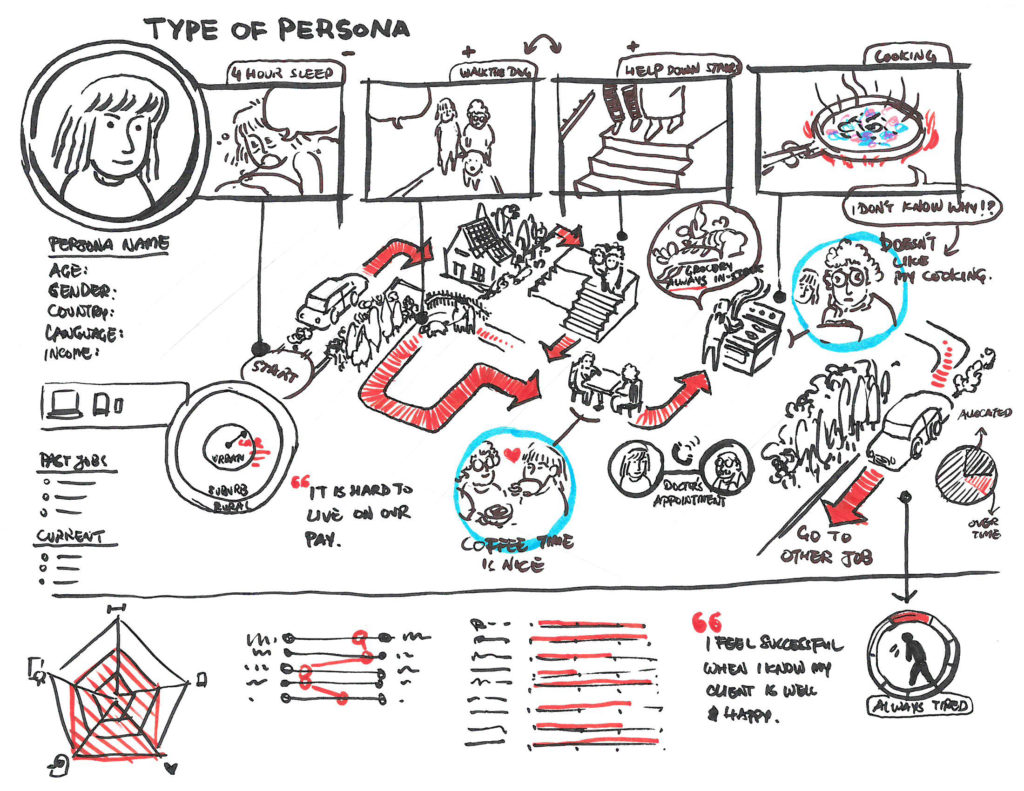

REFLECTIONS
1. Personas are not real persons. They are the representations of certain groups of people. However, “to reduce the risk” of the personas falling into the domain of “fictitious approach,” real data needs to be “incorporated in the persona” (Jacobs et.al., 2008, p. 92).

